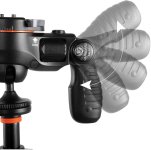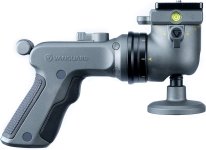Fewer microscope brands and less demand from the public. Sure there are some cheap microscope brands, but at work you’ll be using Leica, zeiss, Nikon, Olympus and “just using them”, not worrying about tiny bits of chromatic aberration or the like. Functions/innovations like confocal, fluorescence, polarisation etc are more useful functions that field of view etc…. If you need “more power” then there’s always electron microscopes!
When I’m worrying about different binos I have to remind myself that the difference between no binos and any (eg some cheap £80 8x30 I got as kiddy binos) is bigger than between them and top end stuff. Having several pairs of binos does encourage comparisons, which is a bad habit for idle eyes!
For seeing more at night an intensifier or thermal change the rules vs purely glass and let you see stuff that you never could any other way, though some see this as cheating.
Peter
When I’m worrying about different binos I have to remind myself that the difference between no binos and any (eg some cheap £80 8x30 I got as kiddy binos) is bigger than between them and top end stuff. Having several pairs of binos does encourage comparisons, which is a bad habit for idle eyes!
For seeing more at night an intensifier or thermal change the rules vs purely glass and let you see stuff that you never could any other way, though some see this as cheating.
Peter









